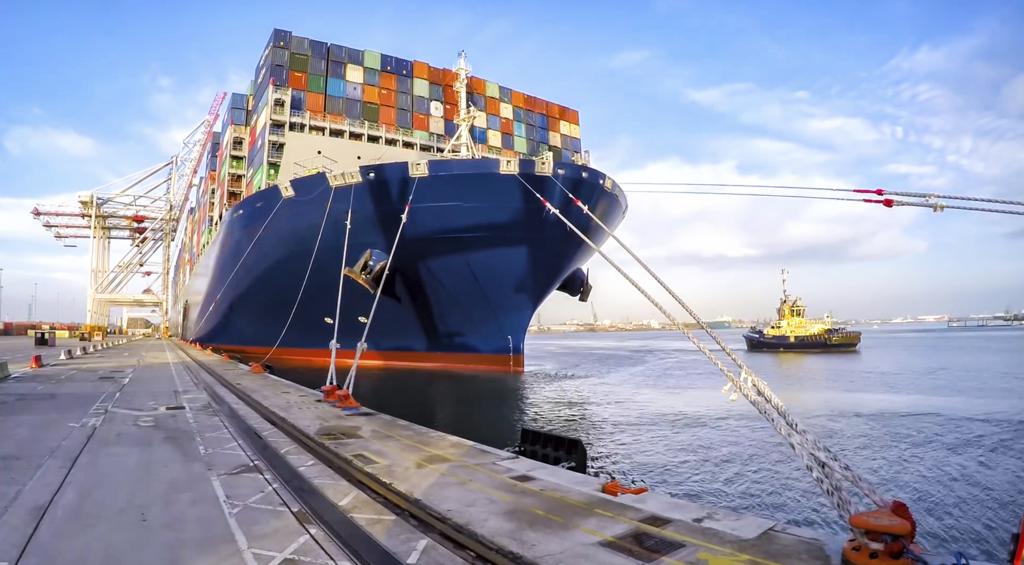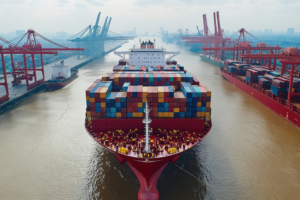Global supply chains are crucial for businesses worldwide, enabling the movement of goods, services, and information across borders. However, managing these networks involves overcoming various international logistics challenges. This blog post discusses common obstacles and offers strategies to navigate and mitigate them.

1.Regulatory Compliance
The Challenge:
Navigating international regulations is complex. Each country has unique rules for imports, exports, tariffs, and customs procedures, and non-compliance can result in delays, fines, and legal issues.
- Stay Informed: Keep up with regulatory changes by subscribing to industry newsletters and consulting with legal experts.
- Compliance Software: Use advanced software to automate documentation and ensure adherence to regulations.
- Relationships: Build strong connections with customs brokers and logistics partners with local expertise.
2. Transportation and Logistics
The Challenge:
Transportation delays, damage, and losses can disrupt the supply chain, affecting timelines and customer satisfaction.
- Diversify Transport Modes: Use a mix of air, sea, rail, and road transport to reduce reliance on any single mode.
- Real-time Tracking: Implement tracking systems to monitor shipments and address issues promptly.
- Collaborative Planning: Develop contingency plans with logistics providers to ensure they understand your priorities.
3. Supplier Reliability
The Challenge:
Reliability and quality issues from international suppliers can disrupt the supply chain and affect product availability.
- Supplier Audits: Regularly audit suppliers to assess reliability and quality standards.
- Diversify Suppliers: Reduce reliance on a single supplier by diversifying your supplier base.
- Contractual Agreements: Establish clear contracts with performance metrics and penalties for non-compliance.

4. Political and Economic Instability
The Challenge:
Instability in certain regions can lead to supply chain disruptions, affecting the availability and cost of goods.
- Risk Assessment: Conduct risk assessments for each region and develop mitigation strategies.
- Flexible Sourcing: Implement a flexible sourcing strategy to adjust quickly to political or economic changes.
- Advocacy: Engage with industry groups to advocate for stable trade policies.
5. Technology Integration
The Challenge:
Integrating technology into the supply chain can be complex but offers improved efficiency and visibility.
- Strategies to Overcome:
- Invest in ERP Systems: Use ERP systems to integrate supply chain functions and improve decision-making.
- Leverage IoT and AI: Utilize IoT and AI for enhanced visibility and predictive capabilities.
- Continuous Improvement: Regularly update technology solutions and stay informed about emerging technologies.
Conclusion
Navigating global supply chain challenges requires a proactive, strategic approach. By staying informed, investing in technology, and building strong relationships, businesses can enhance the resilience and efficiency of their supply chains, ensuring success in the global marketplace.
and boost your Supply Chain Management









